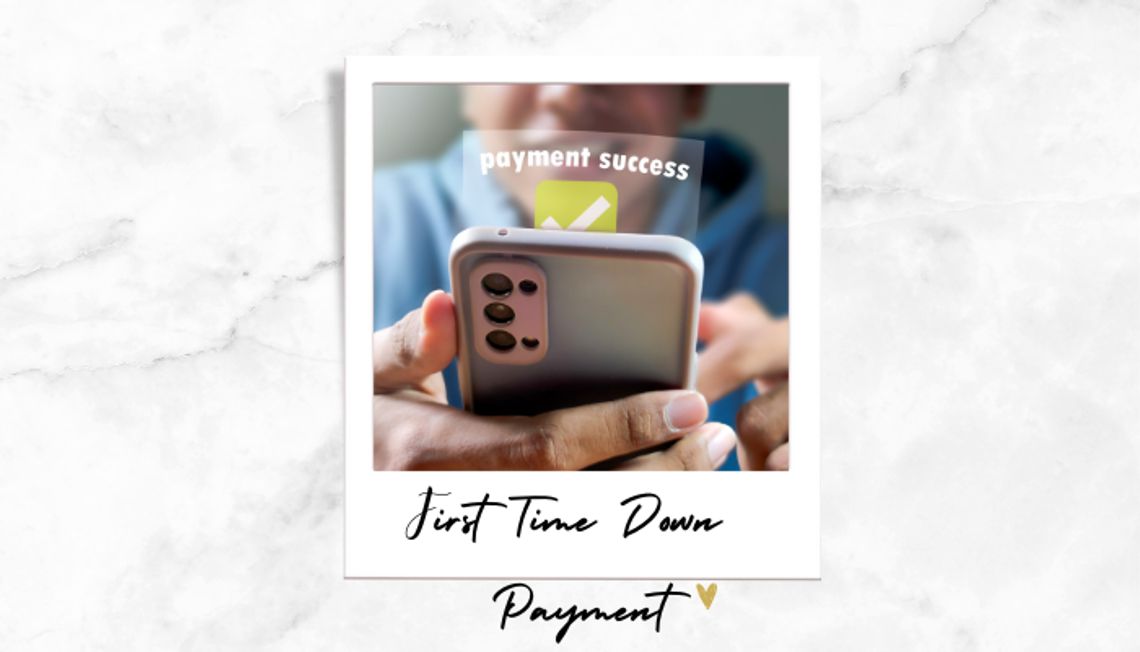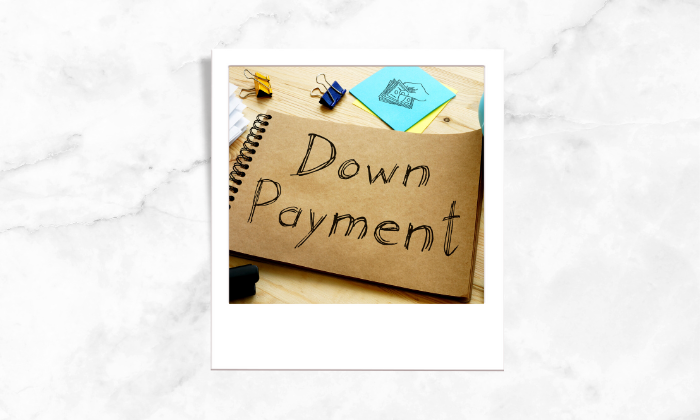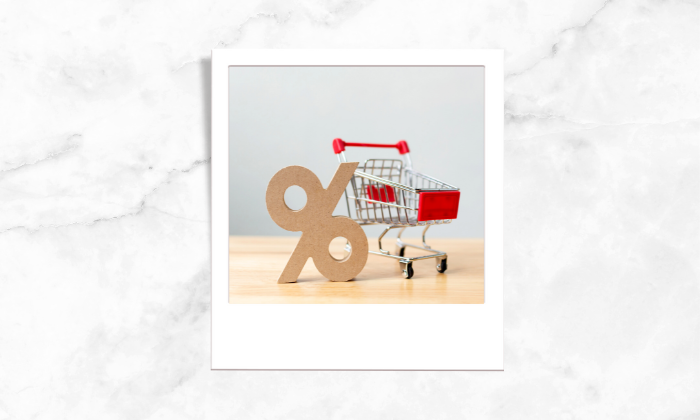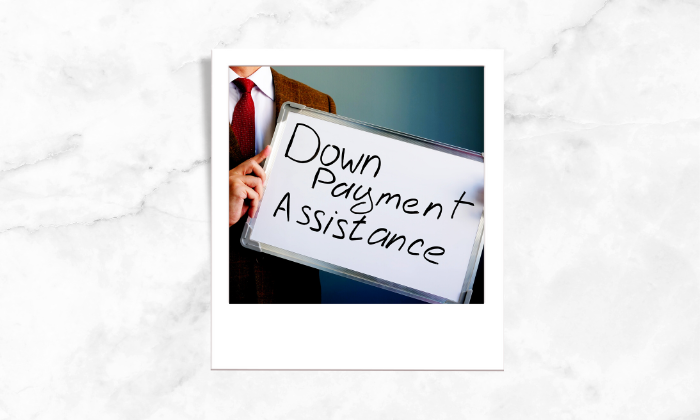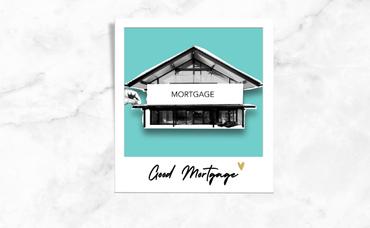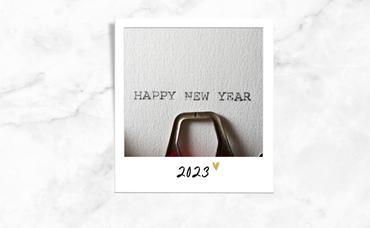
Down Payment & First Time Buyers
Escalating home prices make it stiffer for first-time homebuyers to purchase a home in today’s market. But when renters become homeowners, communities benefit. New homeowners make home improvements, increase curb appeal, and raise the property values. With that they increase business for the neighbourhood, which generates taxes for the municipality thus a community prosper.
What is a Down Payment?
Unless you are buying your new home with cash, you need financing for buying the house known as a mortgage loan.
A bank may lend you the entire amount you need to buy a home. This is known as 100% financing. But most mortgage loan programs require some contribution from the borrower. This contribution is called a “down payment.” It’s the upfront amount the borrower put towards buying the house,
And first time buyers need to have a down payment strategy to qualify for a loan, which should be beyond their savings account. Fortunately to augment this process, the mortgage lending industry has relaxed down payment requirements over the years, enabling first-time homebuyers to enter the market sooner.
Government and non-profit programs offer funding of residential down payment funds for first-time homebuyers. And some government-backed home loan programs require no down payment and offer low interest rates.
Down Payments for First-Time Homebuyers
Many first-time home buyers believe they need 20% down however, lenders offer mortgages with down payments as low as 3% of a home’s purchase price. In fact, the average down payment for first-time home buyers under the age of 30 is just 8%.
If you have good credit, a 3% down payment conventional loan is often the best choice. The conventional 97, HomeReady, Home Possible and yourFirstMortgage loans are all affordable options with just 3% down. For borrowers with lower credit, an FHA loan with 3.5% down is an excellent alternative. To avail the 3% down payment certain basic criteria, have to be met which are as follows:
- At least one of the loan applicants must be a first-time buyer. The applicant either has never owned a home or has not owned a home in the last three years.
- The loan program can finance a one-unit property only , which can be either a house, condominium, cooperative, planned unit development, or townhouse — as long as the buyer plans to use the home as a primary residence.
- The loan must be a fixed-rate mortgage
However, keep in mind that if you don’t put 20% down, you’ll have the additional cost of private mortgage insurance (PMI) and your loan would likely carry a higher interest rate.
Down Payment Assistance Programs
If you are short of money to make a down payment on a home, you can try to fix it with assistance programs at the federal, state, and local levels.
Down payment assistance (DPA) is a home-buying program that gives cash grants, low-rate loans, and tax incentives to eligible buyers. These programs are funded by government agencies, private foundations, and local charities.
Typically, down payment assistance programs require homebuyers to meet certain income requirements.
Examples of down payment assistance include:
- $25,000 cash grant for a down payment on a home
- Cash for mortgage discount points and other closing costs
- Mortgage loans at subsidized interest rates
- Forgivable loans for a downpayment on a home
- State and local tax credits for home buyers
